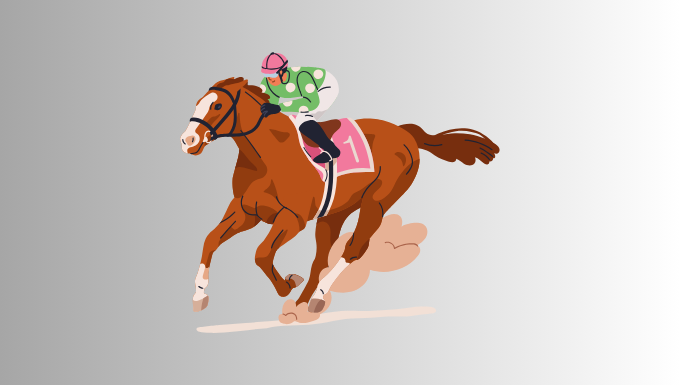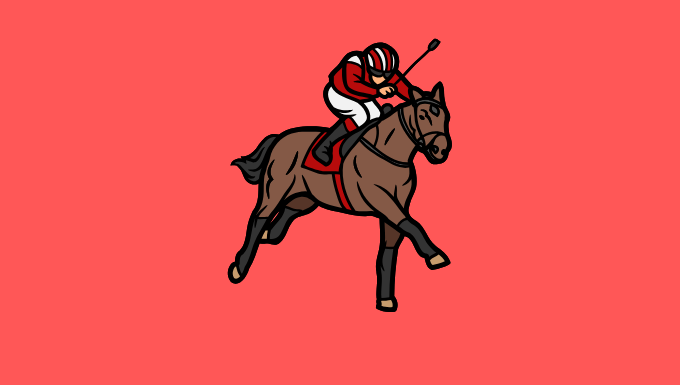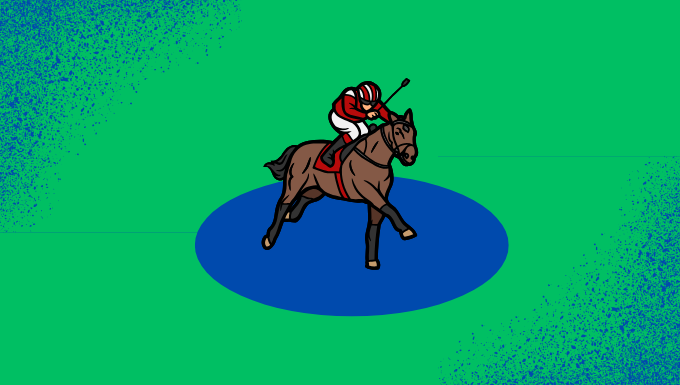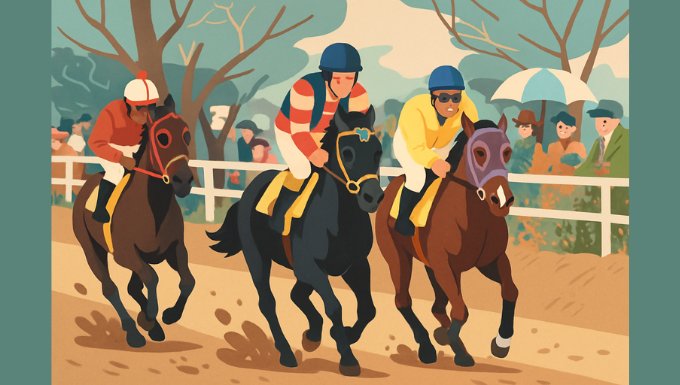There’s nothing quite like the sound of thundering hooves coming down the final stretch. The excitement is contagious, and having a small wager on the line makes it even better. If you’re new to betting on horse racing, it can seem a little confusing at first, but it’s simpler than you think. As someone who’s spent years in this game, I can tell you it’s full of excitement, strategy, and the chance for some solid wins. But like any form of betting, it pays to learn the basics before you dive in.

Why Horse Racing Betting Appeals to New Bettors
Horse racing has been around for centuries, and betting on it adds an extra layer of fun. Races happen at tracks all over the world, from big events like the Kentucky Derby in the US to daily meets at local venues. What makes it great for beginners is the variety: short sprints, long endurance tests, and everything in between. You don’t need to be an expert right away; you can start by watching a few races and picking up the vibe. One key thing to know is that horse racing isn’t just about luck.
Sure, surprises happen, but smart bettors look at data like a horse’s past performances, the jockey’s skill, and even the weather on race day. It’s a mix of research and gut feel, which keeps things interesting. If you’re coming from other sports betting, you’ll find similarities like analyzing stats but horse racing has its own unique twists.
The Basics of a Horse Race
Let’s break down what happens in a typical race. Horses compete on a track, usually dirt, turf, or synthetic surfaces. Races vary in length, from quick 5-furlong dashes (that’s about 1,000 meters) to longer ones over a mile or more. The goal is simple: the first horse across the finish line wins. Before the race, you’ll see a program or a betting sheet with info on each horse.
This includes the horse’s name, age, weight it carries, and its post position (the starting gate number). Post position can matter since a horse starting on the inside might have a shorter path in a turn.Races are grouped into categories like maiden races (for horses that haven’t won yet), claiming races (where horses can be bought after the race), and stakes races (high-level competitions with big prizes). As a newbie, start with simpler races to get the hang of it.
Understanding Betting Odds in Horse Racing
Odds are the heart of any bet, and in horse racing, they tell you how much you can win and what the crowd thinks about a horse’s chances. Odds are shown as fractions, like 3-1 or 5-2, or in decimal form in some places.
- If a horse is at 3-1, that means for every $1 you bet, you win $3 if it comes in first (plus your $1 back, so total $4).
- Favorites have low odds (like 1-1 or even money) because many people bet on them. Longshots have high odds (like 20-1) and pay out big if they win, but they’re riskier.
The odds come from the total money bet on each horse; the more bets on a horse, the lower its odds. This is called pari-mutuel betting, where the pool of money is shared among winners after the track takes its cut.A wise tip: Don’t just chase longshots.
Look for value in horses where the odds seem better than their actual chance of winning.
Types of Bets: From Simple to Advanced
Horse racing offers tons of betting options, which is part of the fun. Start with the basics and work your way up.
Straight Bets
These are the easiest for beginners:
- Win: Your horse must finish first. Straightforward and pays well if you pick right.
- Place: Your horse finishes first or second. Safer than win, but lower payout.
- Show: Your horse finishes first, second, or third. Even safer, with smaller returns.
For example, a $2 win bet on a 4-1 horse would pay $10 if it wins ($8 profit plus your $2).
Exotic Bets
Once you’re comfortable, try these for bigger potential wins. They involve picking multiple horses in order.
- Exacta: Pick the first and second place horses in exact order. Like 1st: Horse A, 2nd: Horse B.
- Trifecta: Pick first, second, and third in exact order. Tougher, but payouts can be huge.
- Superfecta: First four in order—even harder, with massive rewards.
You can “box” these bets to cover all orders, but it costs more. For instance, a $1 exacta box on two horses costs $2 and wins if they finish 1-2 in any order.There are also bets like daily doubles (winners of two consecutive races) or pick 3s (three races). As a beginner, stick to one or two types per race to avoid overload.
Key Factors to Research Before Betting
Winning isn’t random; it’s about gathering info. Here’s what experienced bettors check:
- Horse’s Form: Look at recent races. Has it been winning or placing well? Check speed figures, which rate how fast it ran.
- Jockey and Trainer: Good jockeys win more often. Trainers prepare horses, so their win percentage matters.
- Track Conditions: Wet tracks favor some horses over others. Dirt vs. turf can change everything.
- Distance and Class: Does the horse perform well at this race length? Is it stepping up or down in competition level?
- Other Details: Age, weight, and even equipment changes (like blinkers to help focus) can tip the scales.
Use resources like the Daily Racing Form (DRF) or apps for this data. Watch replays of past races to see how horses run. Over time, you’ll develop an eye for strong contenders.
Tips for Your First Time at the Track or Online
- Start Small: Bet small amounts while learning. Many tracks or sites let you wager as little as $1 or $2.
- Watch and Learn: Go to a track if you can; the atmosphere is electric. Or stream races online.
- Use Bonuses: Online sportsbooks often give new users free bets or matches. Read the terms, though.
- Join Communities: Forums or social groups for horse bettors share tips. Just verify info yourself.
- Stay Patient: Not every bet wins. Focus on long-term improvement.
- Avoid Common Mistakes.
If you’re betting online, sites like TwinSpires or TVG are user-friendly for beginners. Always check local laws, as betting rules vary.


